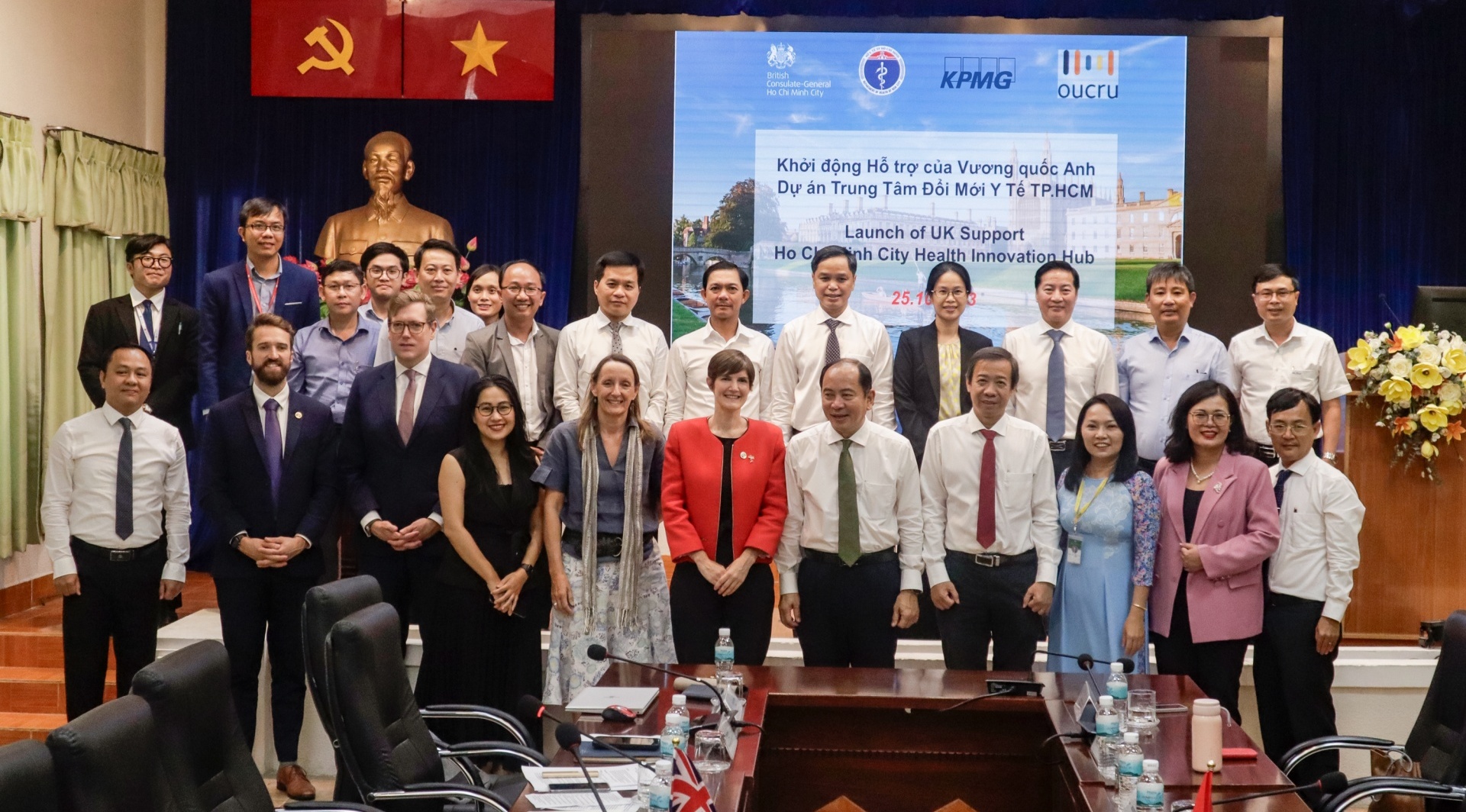Transfer pricing audits: assessment or adjustment
 A little less than two years after the launch of the Action Plan for Transfer Pricing Management by the Ministry of Finance, it appears that the tax authorities have conducted a series of transfer pricing audits to arrive at one final conclusion - an assessment. An assessment is the end result of the process of ascertaining a taxpayer’s taxable income and calculating the tax payable on that income.
A little less than two years after the launch of the Action Plan for Transfer Pricing Management by the Ministry of Finance, it appears that the tax authorities have conducted a series of transfer pricing audits to arrive at one final conclusion - an assessment. An assessment is the end result of the process of ascertaining a taxpayer’s taxable income and calculating the tax payable on that income.
Under the current transfer pricing regulations in Vietnam, corporate taxpayers with related party transactions need to comply with the following: to complete and submit the annual disclosure of inter-company transactions in the prescribed form (Appendix 1-GCN/CC) – Form 01, which is the disclosure of related party transactions which is required to be submitted annually together with the company’s tax finalisation return; and to prepare and maintain contemporaneous transfer pricing documentation to support the arm’s length nature of their inter-company transactions.
The transfer pricing documentation must be prepared at the time of the related-party transactions and shall be updated during the performance of the transactions. Also, this documentation is required to be submitted to the tax authority within 30 working days upon the tax authority’s request.
Upon a transfer pricing audit, under Clause 2, Part C of Circular 117 and Clause 2, Article 9 of Circular 66, the tax authorities can make an assessment if they consider that the taxpayer committed one of the following:
-The taxpayer submitted data from an unlawful, or “unreliable source”;
-The taxpayer created fraudulent independent transactions or re-arranged inter-company transactions into independent transactions and used such transactions for benchmarking (which is a technique to identify comparable transactions that are further used to assess whether the inter-company transactions under review comply with the arm’s length principle) purposes;
-The taxpayer has not submitted or has not completed Form 01; or failed to provide the transfer pricing documentation upon request;
-The tax office suspects that the taxpayer did not apply or intentionally applied the provisions of this circular improperly; and the taxpayer fails to produce supporting documents within a maximum period of ninety (90) days from the date of receipt of the notice from the tax office.
In essence, an assessment is designed to only apply to the taxpayers who did not submit Form 01 or transfer pricing document upon request.

KPMG says more thought should be put into comparables in transfer pricing policy
On the other hand, for the taxpayers who have submitted Form 1 and transfer pricing document upon request, it is understood that the rules for assessment would not applied because the tax authorities would have to examine, evaluate, and decide upon the arm’s length nature of the related party transactions presented in the transfer pricing report submitted. The tax authorities can still make an adjustment, which is a change made to the amount of tax owed of an enterprise, (not an assessment), by disagreeing with the taxpayers’ transfer pricing position due to the technicalities in applying the arm’s length principle (i.e. making an adjustment on the significant differences of the comparability factors (the common-ground, equivalence, or similarities of two or more alternatives, processes, products, qualifications, sets of data, systems, etc).
In practice, upon concluding the transfer pricing audits, the tax authorities still make an assessment on the taxpayers who have submitted Form 01 and documentation for various reasons that are not substantiated by any legal basis. One of the most common reasons has been that the taxpayers used “unreliable data” in their transfer pricing documentation. To substantiate the reason, the tax authorities claim that the comparable companies selected in the transfer pricing documentation are foreign companies which operate in different countries, and thus would have significant differences that might impact the profit ratio, such as differences in labour costs, general and administration expenses, delivery terms, business conditions, etc.
Under Clause 1, Section IV, Part B of Circular 117 and Clause 1, Article 7 of Circular 66 regarding the “Selection of data and source documents”:
“1.1. Data, source documents and documents which are used as the basis for comparability analysis must specify their origin to enable the tax office to carry out an examination and verification. Enterprises may use information and data from the following sources:
a, Information and data which state bodies and branches, institutes, associations and specialised international organisations which are recognised by the state are responsible for publishing or providing upon the request;
b, Information and data certified or published by organisations and individuals licensed to operate in an independent professional service sector (for example, independent auditing body, registry, quality registration agency, credit rating agency);
c, Annual or periodical financial statements and reports on investments of companies listed on the securities market, which are announced publicly in accordance with the regulations and charter for operation of the stock market;
d, Data, source documents and documents on business transactions used for declaration and tax payment which enterprises provide and are responsible for.
Any data, source documents and documents originating from unofficial or unclear sources shall only be used as references.”
In the cited section above, the Vietnam transfer pricing regulations have clearly defined the requirements for data to be considered as “reliable”, specifically:
Under point a, data must be provided by state bodies and branches, institutes, associations and specialised international organisations. Currently, there are no state body and branches, institutes, associations and specialised organisations that publicly announce information on unrelated transactions or financial data of all companies operating in Vietnam.
Under point b, the information and data may come from those companies providing commercial database services which include financial data of different enterprises, such as Thompson Reuters, Bureau van Dijk’s Osiris, OneSource, etc. These are the independent sources that most taxpayers are using in their transfer pricing documentation in Asia-Pacific region to comply with the contemporaneous transfer pricing documentation requirements. Clearly, the data from these sources meet the criteria for “reliability”.
Under point c, taxpayers can also use financial statements or annual reports of publicly listed companies. Such information can be found on the companies’ websites or on the stock exchanges in Vietnam and other countries in the region. This data is also used by most taxpayers in their transfer pricing documentation. Again, such data also meet the criteria of “reliability”.
Under point d, the taxpayer can also use their own internal data, such as their own transactions with unrelated parties. This interpretation is also reinforced by Point 1.5, Article 1, Section I, Part B of Circular 117 and Sub-clause 1.5, Article 4, Part B of Circular 66 regarding the comparability analysis, which clearly states that, “When selecting independent transactions for comparison, an enterprise shall give priority to its own independent transactions for selection, provided that such independent transaction is not created or re-structured from related-party transactions.”
The stipulations above from the Circulars also reflect the principle that financial data used for benchmarking purposes must be originated from reliable sources, and must be publicly accessible.
- Originated from reliable sources
- Publicly announced or provided by the appropriate state bodies and branches;
- Provided in the audited financial reports of publicly listed companies; or
- Extracted from the taxpayers’ internal data and source documents which the taxpayers are responsible for the accuracy and reliability of such information.
- Publicly accessible means both the tax authorities and taxpayers must be able to have access to the information and be able to verify and confirm the accuracy and reliability of such information.
Based on the legal references above, the claim that the usage of foreign companies’ financial data for benchmarking purposes is considered as “unreliable data” is invalid. Significant differences that may arise from using foreign companies for the purpose of comparison, such as: labour costs, delivery terms, business conditions, etc., are comparability factors that should be considered for an adjustment in order to arrive at the arm’s length point - a dealing between independent, unrelated, and well informed parties looking out for their individual interests (according to Sub-clause 2.1, Clause 2, Section I, Part B of Circular 117 and Sub-clause 2.1, Clause 2, Article 4, Part B of Circular 66). These factors are not the basis for the determination of the reliability of the data. They are relevant factors to consider for adjustment of significant differences.
In addition, there is no publicly available database of local independent companies in Vietnam that would provide the sufficient number of comparables for benchmarking purposes. Using foreign comparables from an independent database is the only choice that taxpayer companies have if they want to comply with the contemporaneous transfer pricing documentation. The use of foreign comparables is also a widely accepted practice in other transfer pricing regimes as long as the taxpayers can establish comparability in respect of a number of factors as stipulated in the transfer pricing guidelines (e.g. functions performed, assets used, and risks assumed by the companies).
In conclusion, a transfer pricing audit should end with one of the following outcomes:
1) an assessment because the taxpayer failed to comply with the general requirements;
2) an adjustment because there are disagreements between the taxpayers and the tax authorities over the technicalities in applying the arm’s length principle;
or
3) no changes in the taxpayer’s transfer pricing position. The outcome of the audit should be subjected to the extent of the taxpayer’s compliance as captured in the transfer pricing guideline and specific circumstances - not the predetermined level of tax profit assessed by the tax authorities.
In order for all taxpayers to voluntarily comply with the transfer pricing regulations including preparing and maintaining transfer pricing document, including the benchmarking analysis using independent data, there is a need for further guidance and consistency regarding the use of data and criteria to be used by the tax authorities to determine an assessment or adjustment during transfer pricing audits and inspections.
(*) The views and opinions expressed by the author do not necessarily represent those of KPMG Limited.
What the stars mean:
★ Poor ★ ★ Promising ★★★ Good ★★★★ Very good ★★★★★ Exceptional
Latest News
More News
- Global tax shift forces inevitable adjustment (October 12, 2023 | 11:00)
- Empowering female leaders in tech: insights and aspirations shared at KPMG Tech Innovator 2023 (September 27, 2023 | 18:00)
- Vietnam’s impressive vision for a cleaner energy future (September 12, 2023 | 14:20)
- KPMG tech innovator contest unveils top 6 finalists (July 19, 2023 | 16:32)
- Decoding preferences of investors in tech startups (June 26, 2023 | 13:40)
- KPMG propels private enterprises in Vietnam towards sustainable excellence (June 26, 2023 | 08:00)
- Fundraising challenges must be navigated in uncertain M&A market (June 20, 2023 | 17:00)
- Valuable guidance for operating in Vietnam (June 15, 2023 | 17:14)
- Responding to the changes in the startup environment (June 05, 2023 | 14:19)
- ESG-centric businesses set to gain plaudits for long-term vision (May 04, 2023 | 11:00)
















 Mobile Version
Mobile Version